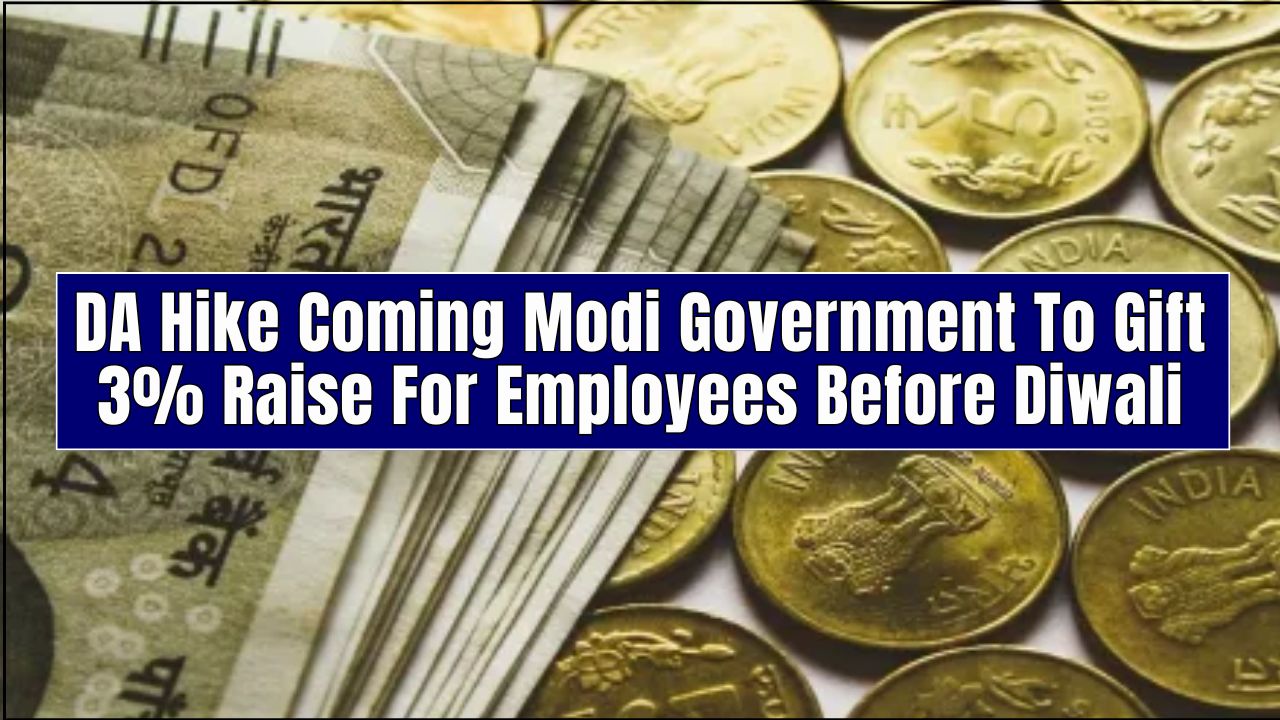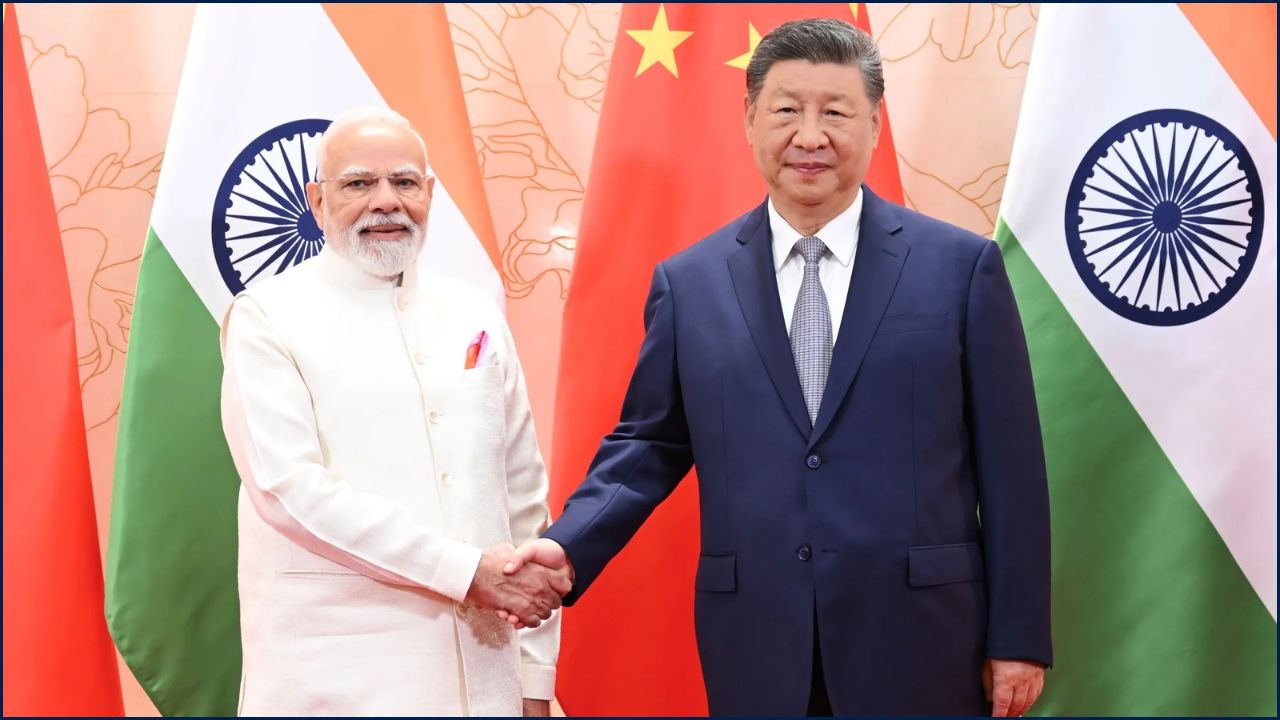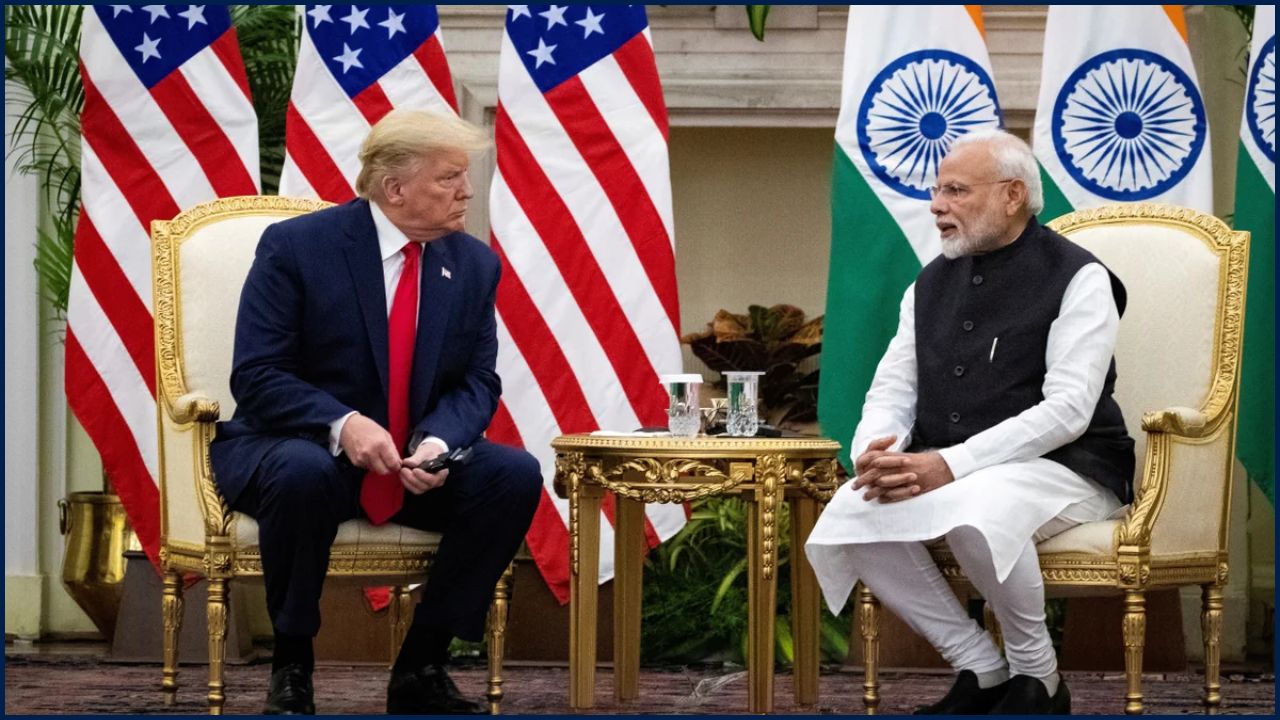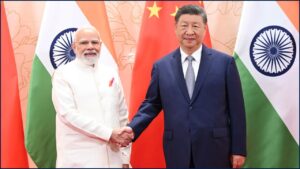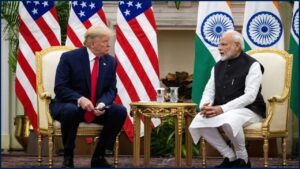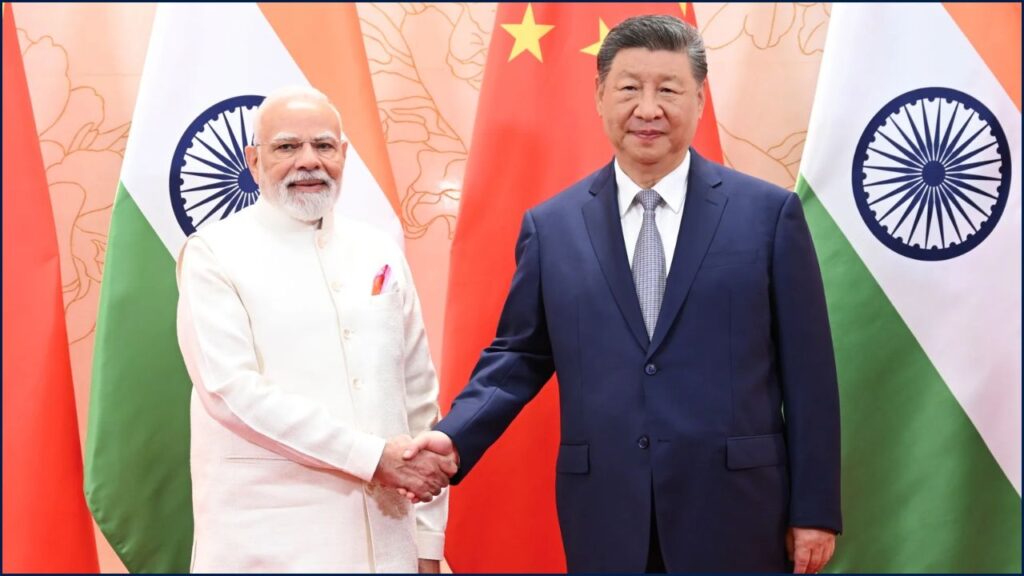
Indian equities surged this week after Prime Minister Narendra Modi’s handshake with Chinese President Xi Jinping in Tianjin and sweeping new tax cuts. Experts say the combination of improved diplomacy and fiscal reform could reshape the outlook for India’s stock market.
Diplomatic Thaw: Why the Modi–Xi Handshake Matters
The meeting between Prime Minister Narendra Modi and President Xi Jinping on 31 August 2025 marked the first high-level dialogue between India and China in several years. Analysts interpreted the handshake as a signal of reduced geopolitical tensions, which have weighed on investor confidence.
According to Pramod Gubbi, co-founder of Marcellus Investment Managers, the development could “arrest or potentially reverse” declines in India’s weighting within global emerging market portfolios. Jasmine Duan of RBC Capital Markets added that India stands to gain more than China from any thaw, since Indian exports have faced steep tariffs in recent years.
Anna Wu, portfolio manager at VanEck Associates, described the warming ties as a possible “structural tailwind” for equities, particularly if India strengthens partnerships in a broader China–Russia–India economic framework.
GST Reform and Tax Cuts: A Domestic Stimulus
Parallel to the diplomatic shift, the Indian government announced a major overhaul of the Goods and Services Tax (GST) system. The reform reduced rates across hundreds of consumer products and simplified the structure into two main tiers—5 percent and 18 percent. According to the Ministry of Finance, the changes cover about 16 percent of the consumer-price basket.
Markets responded swiftly. On 4 September, the Nifty 50 index rose 0.53 percent and the Sensex gained 0.55 percent, with auto and consumer goods companies leading the rally. Shares of Maruti Suzuki, Mahindra & Mahindra, and Hero MotoCorp rose between 4 and 8 percent.
Economists expect the tax cuts to boost domestic consumption and lift GDP growth by up to 1.2 percentage points in the coming year. Sectors expected to benefit include autos, fast-moving consumer goods (FMCG), cement, insurance, renewable energy, and infrastructure.
Market Performance and Global Context
The dual catalysts of geopolitical détente and fiscal relief helped Indian markets open higher on 8 September. The Nifty rose 0.25 percent to 24,802, while the Sensex climbed 0.24 percent to 80,905. Later in the session, the Sensex rallied more than 700 points, driven by the tax cuts, a softer U.S. dollar, and strong global cues.
International analysts stressed that India’s market performance had lagged peers in 2025 due to foreign outflows and global tariff pressures. The combination of improved diplomatic ties and domestic stimulus is seen as critical in narrowing this gap.
Broader Implications for Investors
For foreign institutional investors, the Modi–Xi handshake reduces the geopolitical risk premium that has dampened appetite for Indian equities. For domestic investors, the GST reforms represent one of the largest consumption-driven policy shifts since the tax was first implemented in 2017.
While optimism is high, experts also caution that challenges remain. Structural issues such as inflationary pressures, high interest rates, and global trade disruptions could still affect India’s growth trajectory. Nevertheless, the consensus view is that recent developments mark a positive inflection point.
Mutual Fund Investors Alert: Tax Rules That Can Make or Break Your Returns
Conclusion
The intersection of improved Sino–Indian relations and sweeping tax reforms has created rare momentum for Indian equities. Analysts view the changes not as isolated events but as part of a broader reset that could redefine India’s market performance in the months ahead. For investors at home and abroad, the developments signal a new phase of opportunity—provided the optimism is matched by sustained policy follow-through.

